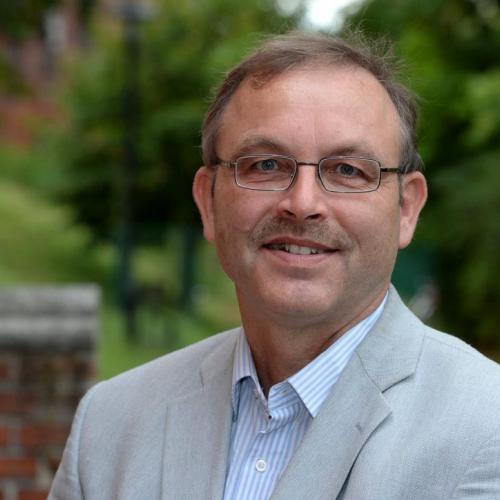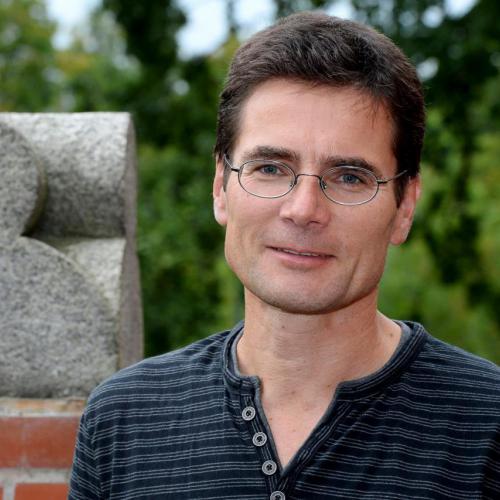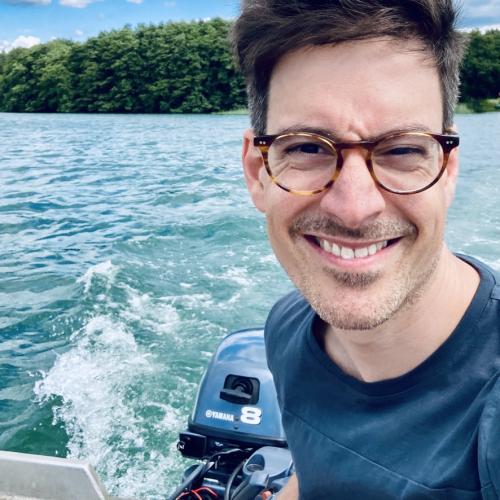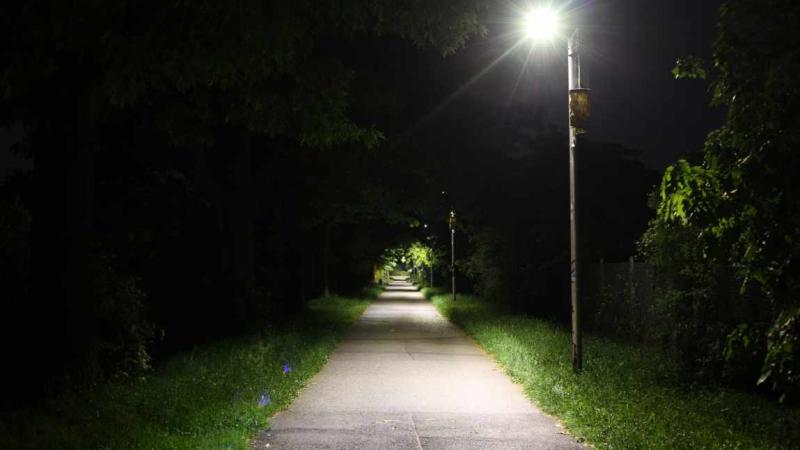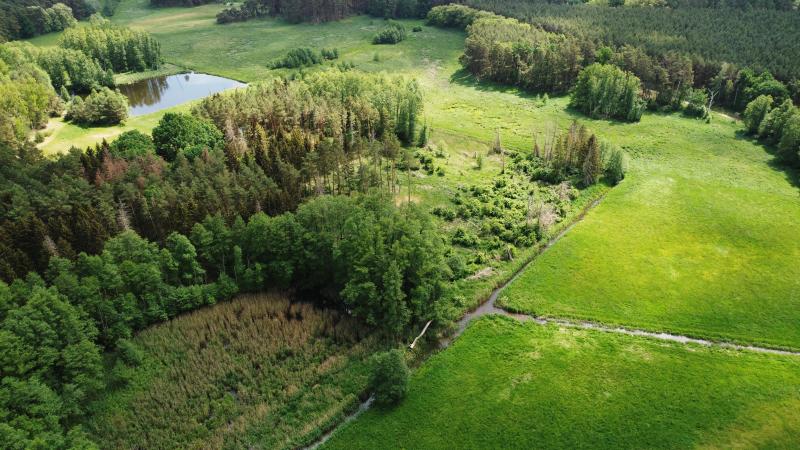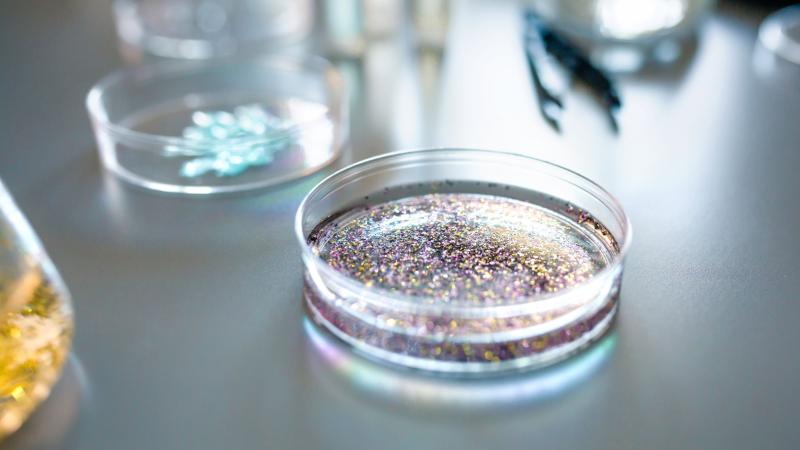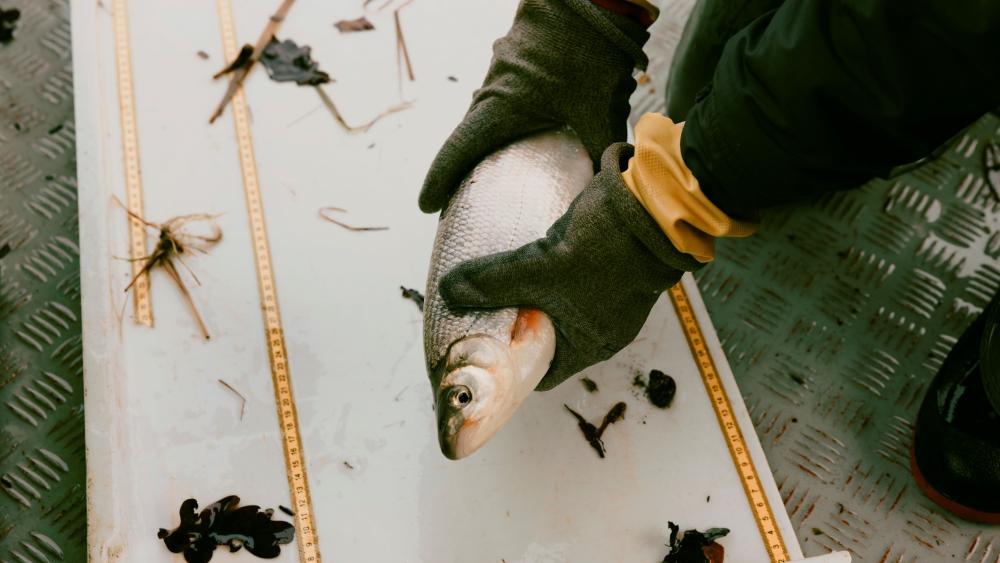
IGB researchers trawl large sections of the Oder at least three times a year. This allows the researchers to record the state of fish stocks and identify changes between seasons, years, as well as shorter or longer periods. Data series dating back to 1999 serve as a comparison. The fish they catch are identified by species and sex on board the boat, and then weighed and measured. Afterwards, they are carefully put back into the water. Fishing by boat is supplemented by gentle electrofishing from the shore, which enables the scientists to record all fish from the different habitats of the Oder. | © Lena Giovanazzi
The interim results of the special investigation programme paint a worrying picture of the damage suffered by the Oder ecosystem as a result of the environmental disaster of summer 2022. Particularly affected are the fish stocks, which have been drastically reduced. According to IGB estimates, up to 1,000 tonnes of fish have died in the river. In order to document how many and which fish have survived and how stocks are developing, IGB regularly conducts scientific fishing surveys.
Fish stocks reduced by more than half
_1.jpg)
Scientific routine fishing by IGB in the main stream of the Oder River. | © Lena Giovanazzi
The results show considerable collapses in the stocks and biomass of various fish species. In the Middle Oder, the number of individuals in the middle of the river dropped by an average of 67 per cent, and by 64 per cent in the riparian area. Biomass losses in this river section were 48 per cent midstream and 62 per cent in the riparian area. In the Lower Oder, losses amounted to 53 per cent of individuals and 21 per cent of biomass in the middle of the river and 47 per cent of biomass in the riparian area. In contrast, fish density in the riparian area of the Lower Oder increased by as much as 31 per cent, which can be explained by a disproportionately high share of juvenile fish and the downstream migration of the fish stock during the disaster.
Thus, the Middle Oder is clearly more affected than the Lower Oder, which is probably due to the lower water flow and the smaller river cross-section. The fishing results also show that species in the middle of the river have suffered more dramatic losses than those near river banks. The fish species white bream, brown trout and bleak, but also aland, barbel, ruffe and burbot suffered particularly high losses (86 to 100 per cent).
Mussels and snails have also been severely decimated by the environmental disaster. The effects of the mass mortality will be felt for years to come, as large mussels in particular grow very slowly. In addition, the ecosystem now lacks the filtering capacity of mussels, which otherwise filter nutrients and algae from the water.
Fish stocks show signs of recovery potential
Although these results are alarming, there are also some indications that fish stocks could recover within a few years – if the disaster does not recur. After all, even though some populations have declined severely, no fish species have disappeared from the Oder completely. Large spawning fish were also detected. The wet spring offered very good conditions for reproduction, for example, because floodplain meadows were flooded, providing valuable spawning and breeding grounds.
The young fish from the spring now need two to three years to grow and reproduce. Stocks will only recover if they are able to grow undisturbed. With this in mind, it is worrying that the construction of longer and higher groynes for the benefit of inland navigation is destroying the riverbed and bank habitats that the Oder fish typically require.
Prymnesium detected in the entire course of the river
The alga Prymnesium parvum is also the subject of current studies at IGB. Discharges of saline wastewater into the Oder River in summer 2022 allowed the mass development of this brackish water alga. It can produce a toxin that is lethal to fish, mussels, snails and other algae.
As a result of the mass development, this alga has now established itself in the entire river course. This is evidenced by water samples taken monthly by IGB from 20 sampling sites and analysed using molecular biology. The concentration of the alga is still low compared to the previous year, but is currently increasing again rapidly. It has multiplied since March – along the entire Oder River on the German side. The man-made environmental conditions therefore still encourage the growth of this alga, meaning that there is a latent risk of such mass development occurring again.
%20(1)_1.jpg)
The toxic alga Prymnesium parvum under the microscope. | © Katrin Preuss/IGB
However, the exact threshold values and dynamics for such mass growth and toxin production are still insufficiently known and are being investigated as part of the ongoing research. The genome of the algae is also being studied, given that it is highly variable. The different genotypes presumably grow under different environmental conditions and form different toxins. For this reason, IGB regularly uses genome sequencing to analyse whether other genotypes occur in the Oder in addition to the type B that has already been detected, and whether the genotype continues to develop there.
Regeneration of the Oder ecosystem requires a paradigm shift
Since Prymnesium parvum depends on increased salinity, IGB researchers recommend that urgent precautionary measures are taken to significantly reduce inputs of saline wastewater into the Oder river system. Fewer inputs of plant nutrients and pollutants would also reduce the risk of a renewed mass development of the brackish water alga. Due to the existing risk of a recurrence of the environmental catastrophe in the Oder, it is also important to preserve the existing refuge, spawning and rearing areas of the natural fish fauna.
To strengthen the resilience of the river, a change in management is also recommended in the wake of the climate crisis. A shift to nature-based solutions in river engineering and flood protection could, for example, support the retention of water and pollutants, and secure water-dependent habitats. This would be of key importance for water and agriculture, among other things, and thus for local people. Fishing and sustainable tourism development in the region could also benefit from such steps.
~
Following the presentation of the interim results, Minister Steffi Lemke visited IGB’s sturgeon facility. Some of the fish kept here are part of the reintroduction programme for the Baltic sturgeon in the Oder River, and should provide for offspring one day. Around 20,000 juveniles of the rare species perished in summer 2022 as a result of the environmental disaster, because Prymnesium parvum found its way into two rearing stations along the river.
In May this year, stocking measures with juvenile sturgeon were resumed in the entire German Oder basin. The aim is to build up a self-sustaining sturgeon population in the river, despite the man-made environmental catastrophe, helping to save this impressive migratory fish from extinction. The programme is supported by the Federal States of Brandenburg and Mecklenburg-Western Pomerania, together with the Federal Ministry for the Environment, Nature Conservation, Nuclear Safety and Consumer Protection.
Find out more on the topic
Information on the future of the sturgeon reintroduction programme >
Scientific recommendations for a sustainable future of the Oder >
Chronicle of the man-made environmental disaster >
About the special investigation programme on the environmental disaster in the Oder River
In the special investigation programme ODER~SO, scientists are researching what led to the environmental disaster in summer 2022, the current state of the Oder River, as well as precautionary measures and resilience factors for the protection of the ecosystem. The Federal Ministry for the Environment, Nature Conservation, Nuclear Safety and Consumer Protection (BMUV) is providing a total of around €4.8 million in funding from February 2023 to April 2026. Other scientific institutions involved in the project alongside the Leibniz Institute of Freshwater Ecology and Inland Fisheries (IGB) are: Brandenburg University of Technology Cottbus – Senftenberg (BTU), the Helmholtz Centre for Environmental Research GmbH (UFZ) Magdeburg, the Potsdam Institute of Inland Fisheries (IfB) and the University of Duisburg-Essen (UDE).
© BMUV/Christoph Wehrer
© BMUV/Christoph Wehrer
© BMUV/Christoph Wehrer
© BMUV/Christoph Wehrer
© BMUV/Christoph Wehrer
© BMUV/Christoph Wehrer


